The materials that create success soles for shoes
The sole is the bottom part of the footwear in direct contact with the ground, so the main part that protects the sole of the foot. We have drawn up a mirror to make clarity and submit the whole range of materials at the disposal of companies producing soles which meet the different qualitative requirements, commercial and functional.
It starts from natural materials such as leather, rope, cork, wood and para up to synthetic materials.
The latter can be synthesized in the following groups:
- Thermoplastic materials: PVC, TR and TPU;
- Polyurethane materials bi-components: while based on polyether, although based on polyester;
- Copolymers such as rubber and EVA.
and to finish with the combined materials. In detail, we make a short presentation.
The leather:
Composed of minuscule fibers filiform, grouped into fibers bigger and interwoven with one another according to a three-dimensional design that form a system of small channels and air passages. These are the most important features:
- Breathability, due to the high coefficient of porosity;
- Lightness;
- Thermostatic power, promotes good thermal protection of the foot;
- High resistance to perforation.
TR, thermoplastic rubber:
Of common use, are used for the manufacture of soles is applied, that for direct injection. Thermoplastic rubbers are compounds whose fundamental component is stirene-butadiene-stirene (SBS) added with oils, polystirene, mineral fillers, pigments, antioxidants, etc. thermoplastic rubbers if correctly formulated pose no problems of resistance to cold and can maintain an excellent flexibility at temperatures much lower than 0° C.
PVC, plasticized polyvinyl chloride:
The PVC is one of the most widely used plastics in the world and find its footwear application for both the boots that for the manufacture of soles, sandals and accessories. Subject to a continuous technological development has now achieved a good level of environmental efficiency and ensures maximum safety at all stages of its life cycle.
TPU, thermoplastic polyurethane:
The TPU is a compound formed from polyurethane elastomers worked with techniques of thermoplastic materials. Are made with the method of addition of the isocyanate, even in a given range of temperatures have the elastic characteristics of the rubber. Thermoplastic polyurethanes are used for different types of soles intended for some segments of footwear such as sport, work and leisure. Are soles which for their characteristics require special formulas, on the basis of the mechanical characteristics of the final product that will compose.
PUR polyurethane, bi-component:
The polyurethane bi-component is used in liquid form and is composed of the polyol and isocyanate. These products belong to two distinct classes: polyethers and polyesters. The difference between these two classes of membership is based on the structure of the foam. The polyether forms a skin compact surface and inside of the sole occurs with open cells while the polyester has closed cells.
Eva, ethyl vinyl acetate:
The EVA is a polymer composed mainly of ethylene and vinyl acetate. The ratio between the two components and the percentage of cross-linking agents, fillers, foaming agents, and other, are added to the mixture resulting in performance characteristics. The material mainly is used for the production of soles and mid-soles. The characteristics that make it so important are: lightness, flexibility, elasticity and a good propensity to maintain its original shape.
The combined materials
Among the phenomena of the evolution of the sole there is that of the combination of materials, a process designed to cope with the needs of style, technical and cost. Everything in the light of cost containment and for the yield of an attractive article. The possible combinations are different type of materials, colors and ease of processing. In most cases are used polyurethane materials, rubber and EVA.
The regulations
Between the different regulations in force at international level that affect the soles for shoes, we remember the UNI CEN ISO/TR 20880 of May 2007 which relates to the performance requirements for the components of footwear and soles. The Technical Report of CEN indicates the performance requirements of the soles which must be regarded as indispensable for a sole is labeled as quality. These requirements are applicable to all types of soles regardless of material, in order to verify its suitability for final use. The standard specifies the test methods used to assess compliance. Between the main requirements, remember:
- The resistance to bending;
- The resistance to abrasion;
- The resistance to de lamination;
- The resistance to slipping;
- The dimensional stability;
- The compression resistance;
- The ability of gluing;
- Tensile strength;
- The resistance to penetration of water;
- The sealing capacity of the stitch.
To these must be added the opportunity to check the capacity of the sole to resist the aging and to preserve in the time of its functional characteristics.
We have presented this brief overview to know better the materials of soles that are used with the aim to satisfy the most diverse requirements of customers, also thanks to the help of Compounds resistant and durable so as to respect the canons and fashion trends but also safety.
Source article: Tecnica Calzaturiera, settembre 2018



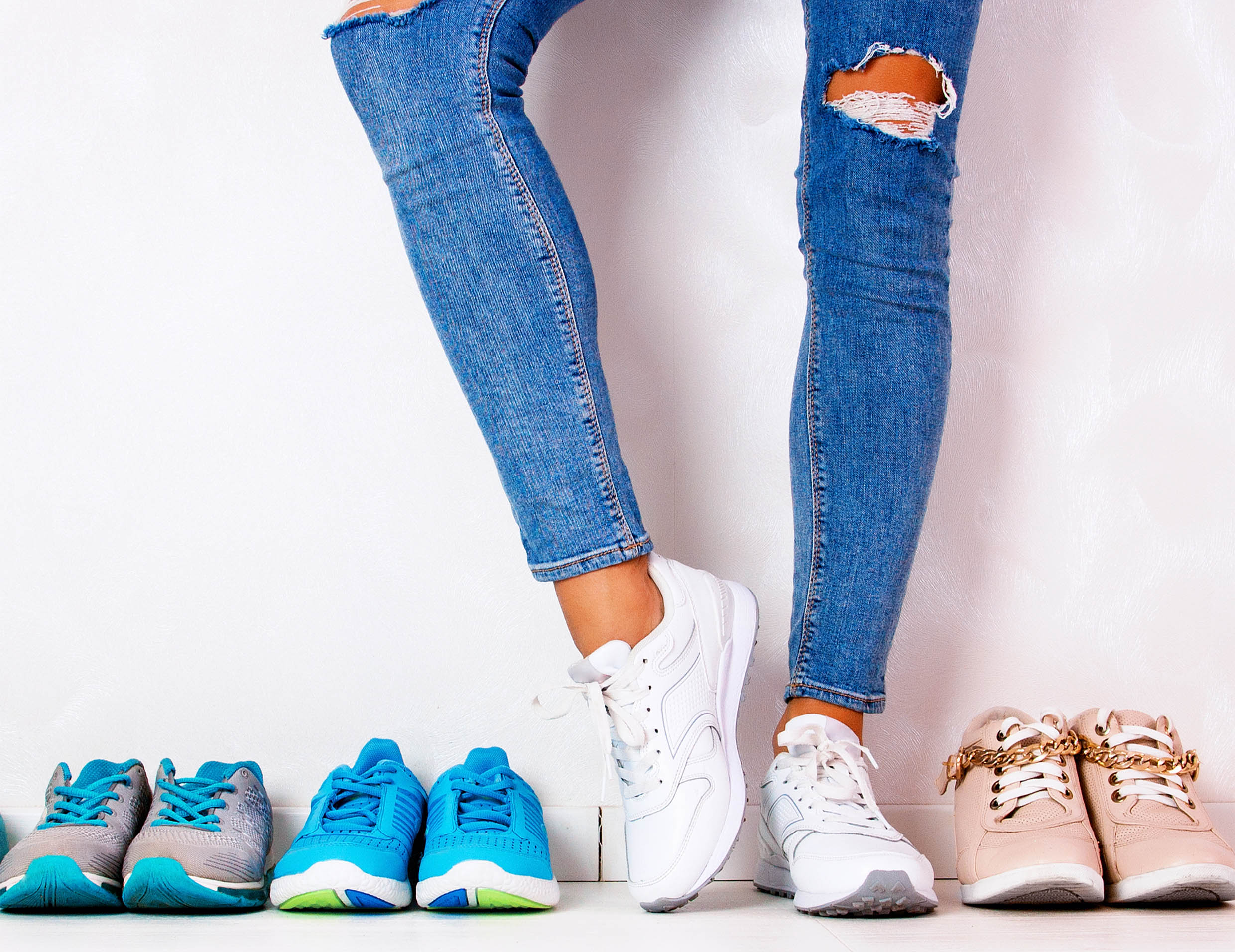

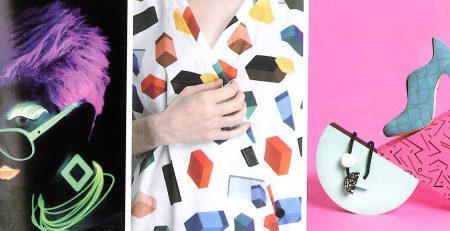
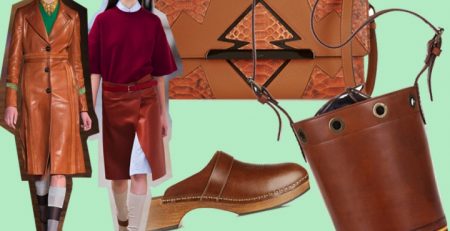
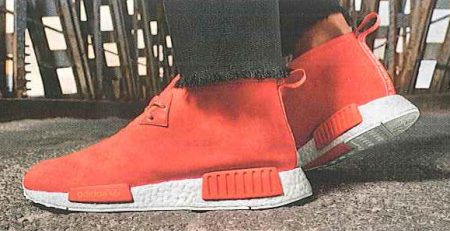
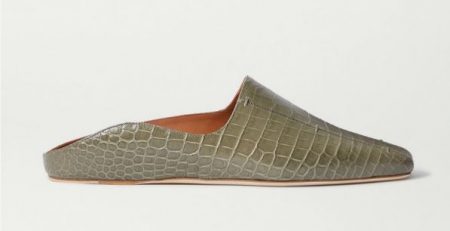


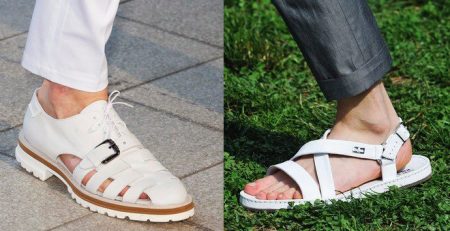
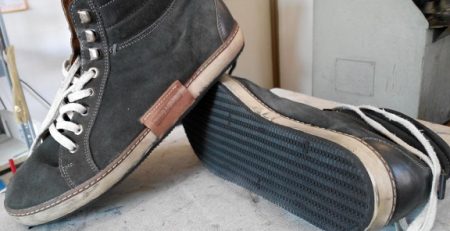
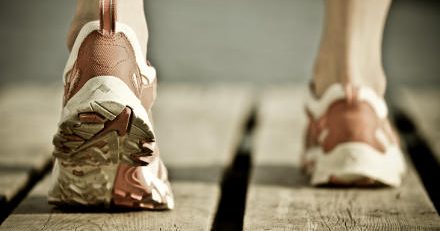
Leave a Reply